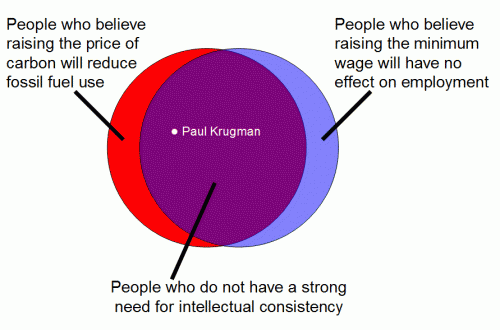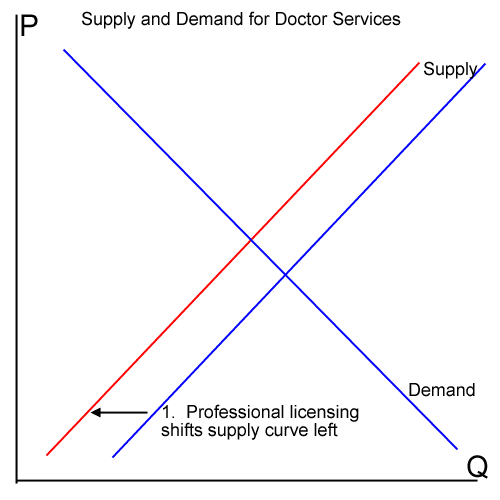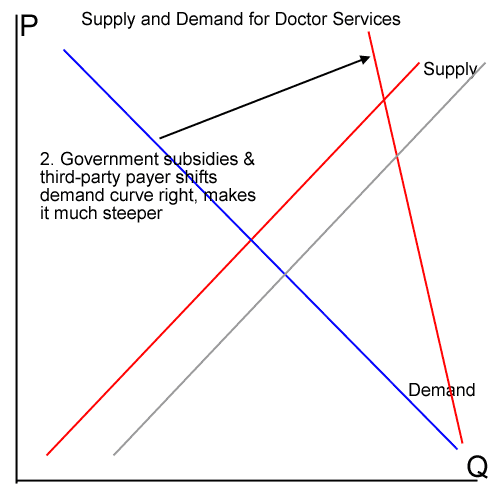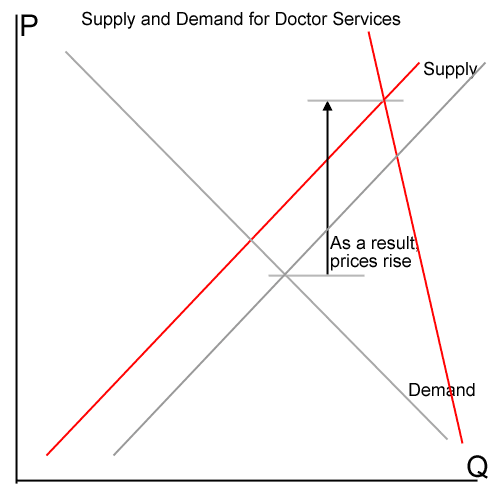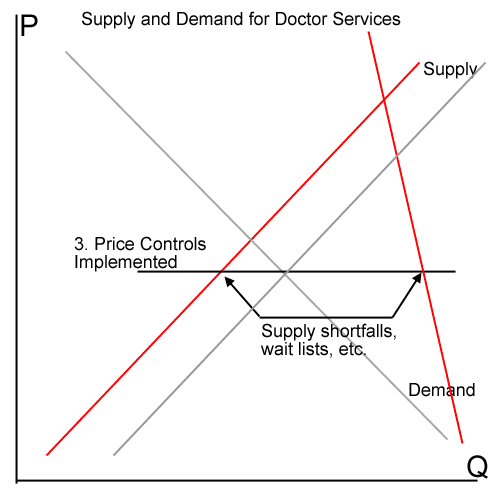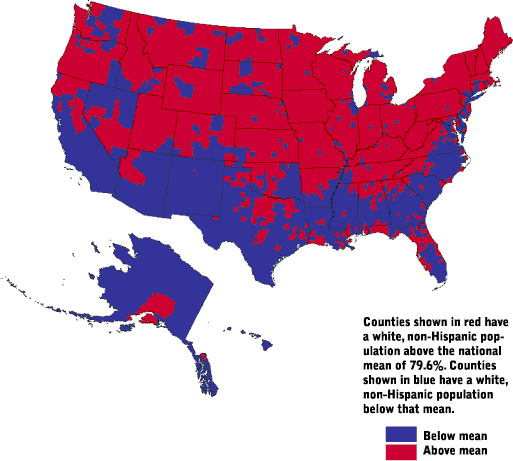Because Money Isn't Everything
One of the mistakes people make in economic analysis, IMO, is that they sometimes miss non-monetary benefits. A great example is how labor law and the minimum wage is structured -- there are many benefits of a having job to a young, unskilled, unemployed person. That job may teach valuable industry-related skills and will almost certainly help teach some basic life skills (like how to show up on time every day and how to work with others in an organization toward shared goals). For my kids when they were 15 or 16, these non-monetary benefits dominated, and I would have been happy if they worked for free in exchange for such skills. That used to be the whole point of unpaid internships, until the government started essentially banning them. Unfortunately, the government considers only money in computing the minimum wage, and ignores all these non-monetary benefits.
Mark Perry had what I think is another good example a while back, quoting from the Priceonomics blog:
If you want to dine at State Bird Provisions, you’ll have to get in line. The small restaurant, winner of the James Beard Award for Best New Restaurant (2013) and a Michelin Star, only accepts a few reservations that are snapped up as soon as they are released — at midnight, sixty days in advance. So nearly every day, people line up on Fillmore Street in San Francisco an hour or more before State Bird’s 5:30pm opening time to score a table.
It may seem silly to line up for State Bird Provisions in a city full of renowned restaurants and good food. But as anyone who has eaten brunch in the city knows, San Franciscans view long restaurant lines as social proof more than as a deterrent. Besides, State Bird offers determined diners a relative bargain. While its offerings are not cheap — even without indulging on wine, bills can reach $50 per person — State Bird’s prices are more modest than almost any other local Michelin Star restaurant.
This makes State Bird something of an economic mystery.If economists owned popular restaurants like State Bird, they would take one look at the long lines and raise prices.After all, the overwhelming demand is pretty clear. Or at the very least, given how reservations disappear like Coachella tickets, they would start charging for them. In fact, since restaurants do not do this, a number of startups in San Francisco and New York City have started to sell reservations to users, often by reserving tables and scalping them.
In contrast to the executives who run large restaurant chains, the restaurateurs behind celebrated restaurants and local favorites are often chefs first rather than professional managers. This raises the question: Are restaurants like State Bird Provisions, which seems to resist simple economic analysis, the exception or the norm? And if they are the norm, is that because it is somehow self-defeating to raise prices even at booming restaurants? Or are chef proprietors a unique breed in the business world, immune to supply and demand and content to leave money on the table?
I believe that many of these high-end chefs are not driven entirely by money. Their personal reward system also depends a lot on prestige and recognition. Making a good profit in a restaurant gets you no recognition in the the circles where chef's crave it. Name the three most profitable restaurants in town -- you have no idea, do you? What get's these chef's recognition is being the hot place to dine that is so in demand it is impossible to get a table. So one makes the restaurant a little too small and keeps the prices a little too low and one trades a bit of money for something that is more valuable: prestige.
One can see this same effect among, say, US Senators. In our current corporate, crony state, US Senators can expect a huge spike in income once they leave Congress, getting paid by some large corporation lobbying firm. The economically rational decision, then, if one were only interested in money, would be to serve just one term, then leave and make some bank. But you never see that. Senators stay and stay, even when it is an enormous hassle to do so. They are essentially collecting and spending millions every election to keep their income low. Why? One big reason is prestige.
Going back to the restaurant example, let's consider a famous chef who pretty clearly does care about money: Wolfgang Puck. I have never seen this written, but here is what I observe to be Puck's approach. He creates a small restaurant and lavishes it with a lot of his personal attention. These restaurants do not have much seating and become the hot places to dine, leading to long lines and difficult reservations. The difficulty of getting a table generates an elite buzz around the restaurant. After some time, Puck will buy a huge new location nearby with many times more seating. He formula-izes his recipes so he no longer has to be involved, and then shifts the operation onto auto-pilot in the new large location. Perhaps he even franchises it. The new location cranks out a bunch of money, while he moves on to create a new elite concept. He also leverages the original buzz in his personal brand, which is applied to all kinds of other items. In a sense, he is banking prestige in the early venture and then monetizing it later.
